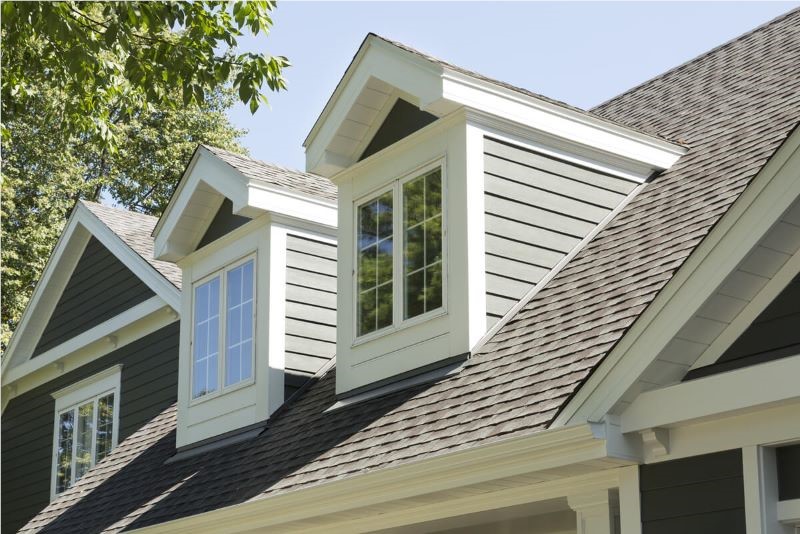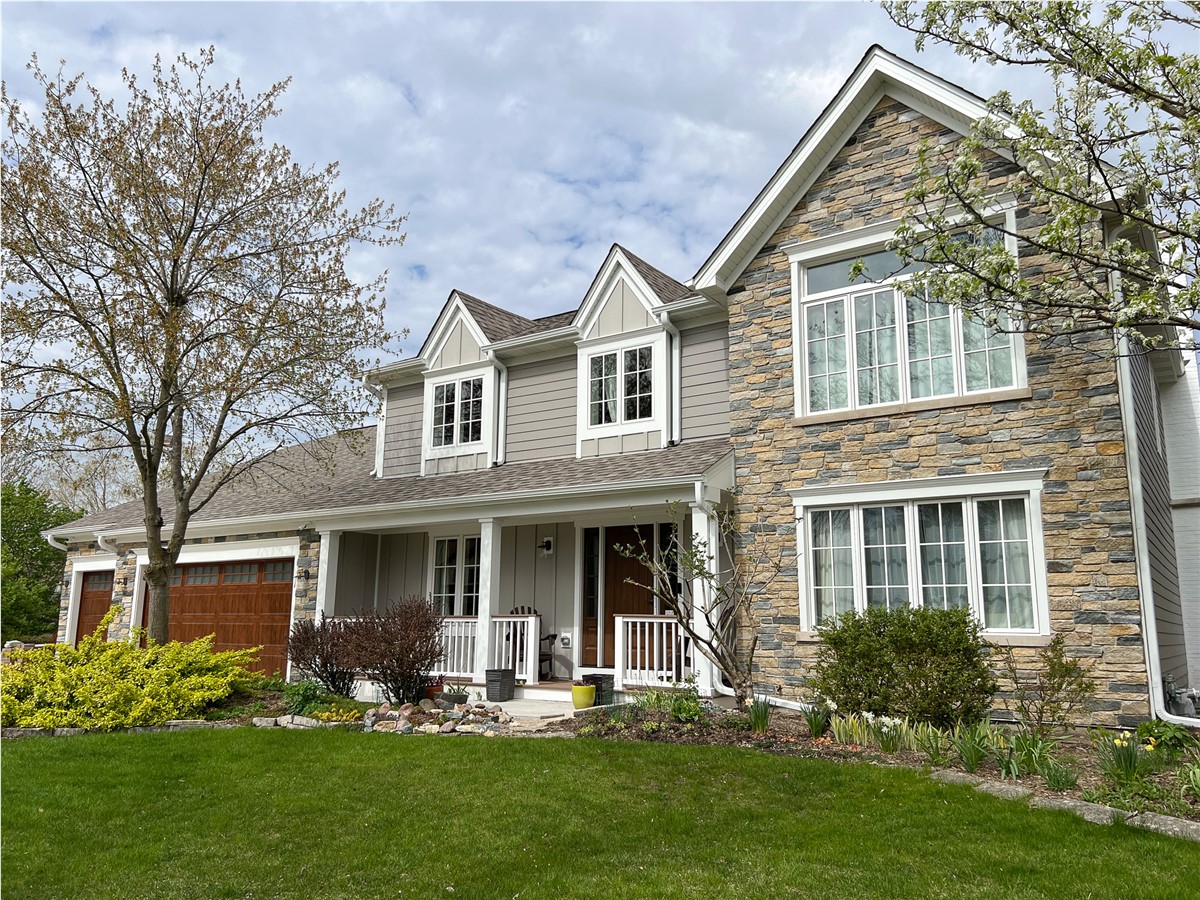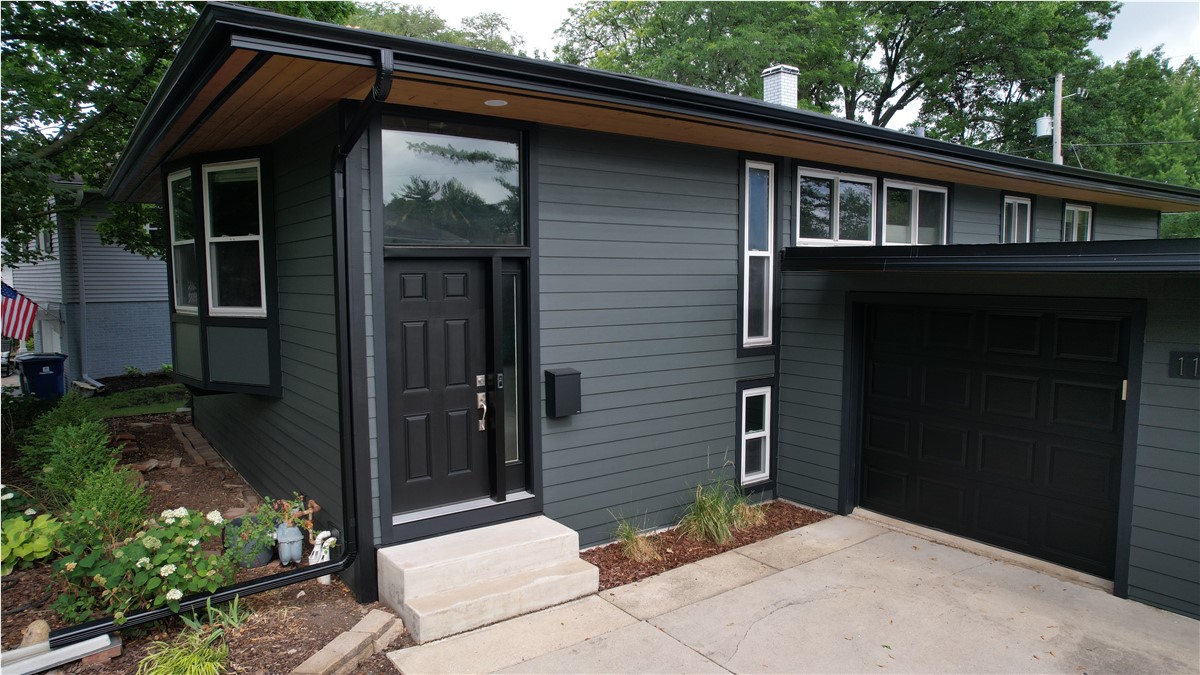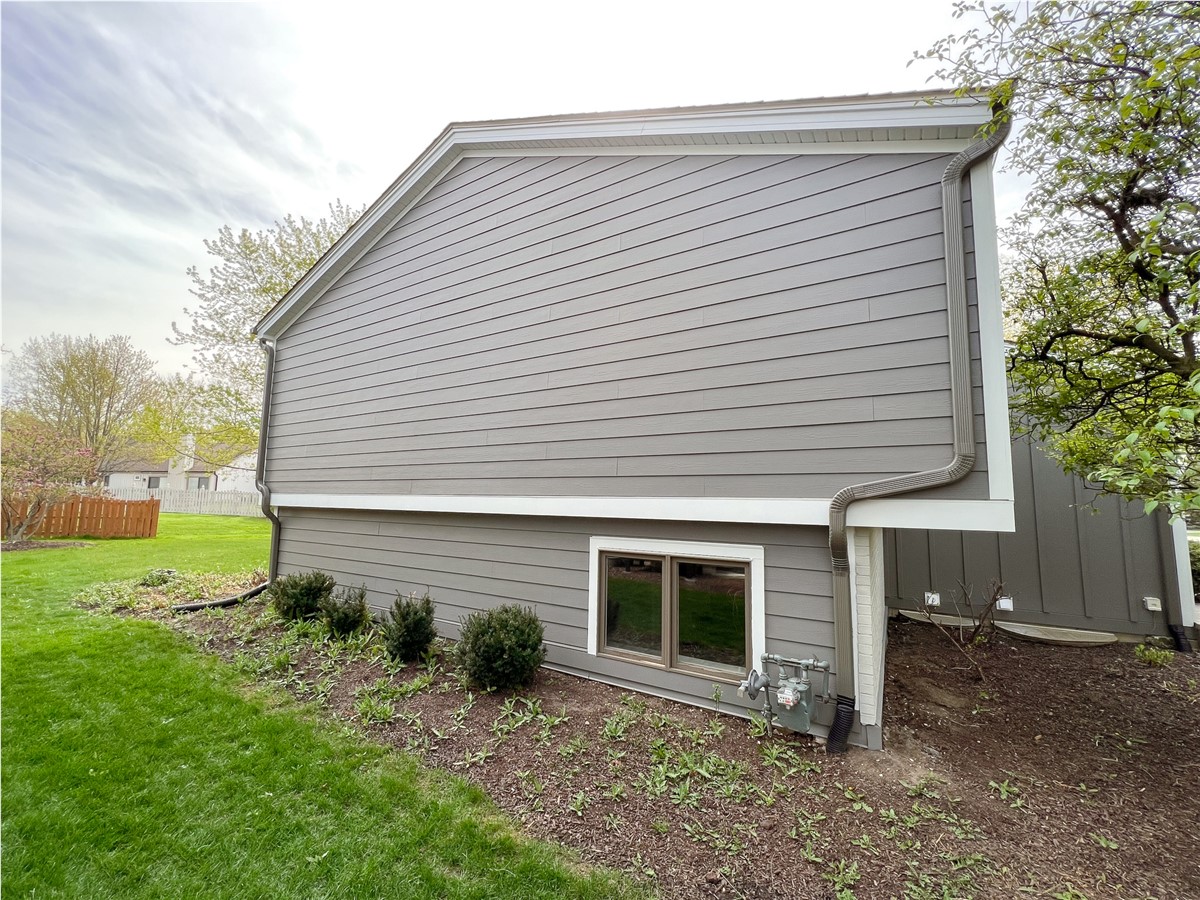 The siding on your home provides an aesthetically pleasing exterior, but it's also an essential building material that keeps the wind, rain, and stormy weather at bay. An errant piece of siding that suddenly tears away from the side of your house might need a quick repair or minor cleaning, or it could signal serious problems requiring a more extensive fix.
The siding on your home provides an aesthetically pleasing exterior, but it's also an essential building material that keeps the wind, rain, and stormy weather at bay. An errant piece of siding that suddenly tears away from the side of your house might need a quick repair or minor cleaning, or it could signal serious problems requiring a more extensive fix. Noticing Potential Problem Spots
You'll probably notice buckling or warping of the siding on your home if it's on the front of the house, but sometimes problems start in areas that aren't as noticeable, like under the eaves on the side of the home. You'll want to keep the following siding problems in mind as you complete a walk-around of your home's exterior.1. Algae and Mold
Those tell-tale black spots that grow on the ceiling of your bathroom when there's a moisture problem look exactly the same when they appear on the siding outside. If your house has a wall that doesn't get a lot of sun or that's covered by foliage, you might start to see mold growth. Especially wet areas might even start to grow algae.Algae and mold will grow on just about anything, and that includes all types of siding. Whether you're using vinyl or wood, you'll need to keep an eye on the siding. The experts at "This Old House" recommend taking a hose to your house at least a few times a season. You'll also want to discuss necessary changes to your landscaping during installation, to prevent future mold.
2. Loose, Leaky Siding
If the siding on your home hasn't been updated or replaced in a few decades, you might have some loose siding issues. This problem tends to become apparent around the entrances to your home like the doors and windows. If you've started to notice some movement and deterioration of your siding around the edges of the house, you might need to think about replacement.In addition, siding that's loose and creaky or that makes noise in the wind tends to be a sign that it's time to refurbish or replace the siding. Your installation crew will prepare the surface of your home so that the new siding won't move around and cause noise during windstorms or extreme weather. Some siding is even rated to survive the winds of a hurricane.
3. Warping and Bending
Very few things in life last forever, and siding is one of the items on a home that eventually needs replacement. One of the reasons why siding might age over time is the impact on material from changes in temperature. Many materials expand or contract depending on the temperature and over time, the siding on your home might not bounce back into shape after a particularly hot summer or freezing winter.If you've got vinyl siding on your home, you might be able to get a vinyl patch installed if the damage isn't too extensive, or you might need to think about full replacement. At a certain point, you'll start spending more time replacing pieces of your siding than you would if the entire house got new siding installed.
Ensure Long-Lasting Siding
Like any area of the home, reducing the need to replace major systems comes with proper maintenance and attention. This means regularly inspecting the exterior of the home and paying attention to warning signs like discoloration, cracking, or mold.For example, vinyl siding is resistant to damage, but it's not immune to wear and tear over time and will need cleaning. Likewise, wood siding like cedar may often be cleaned even if it appears damaged, which means you can refurbish your siding instead of going through a full replacement.
Don't neglect the siding on your home. Keep it in good shape with regular cleaning and attention. If you need extra help, contact Erdmann Exterior Designs Ltd for a Free in Home Consultation to find out how we can help you add value to your home today!
Subscribe to Erdmann Exterior Designs's Blog











Comments